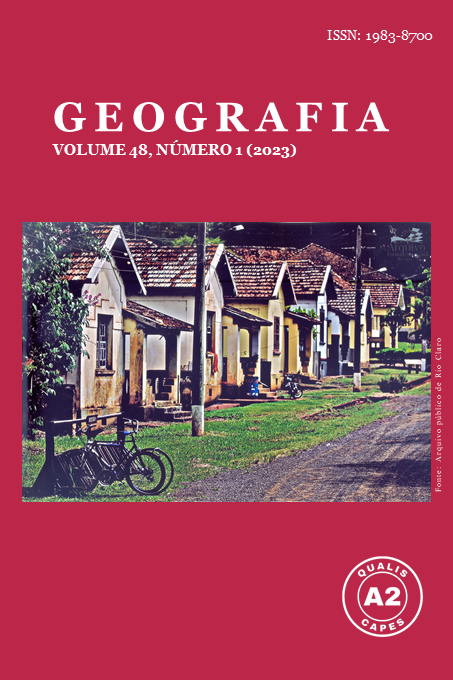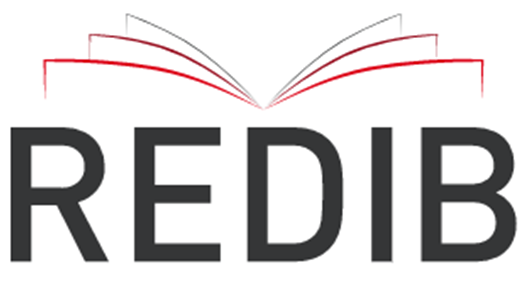LANDSCAPE GEOCHEMISTRY AND ITS RELATIONSHIPS WITH THE STRUCTURE OF GEOSSYSTEMS: APPLICATIONS IN LOW-ORDER BASINS OF CRYSTALLINE TERRAINS
DOI:
https://doi.org/10.5016/geografia.v48i1.17231Abstract
Approaches that focus on surface geochemical aspects in the study of geosystems are of great value for interpretations of a genetic-evolutionary order, as well as for understanding dynamic-functional aspects that can be apprehended through the arrangement of geochemical compartments and their connectivity. In this article, the objective is to evaluate the relationships between the geosystems structure, the geochemistry of surface covers and the transfers of matter and energy related to such aspects in a low-order basin of the Atlantic tropical domain. The applications were in the Salvaterra stream basin (Juiz de Fora, MG), representative of the crystalline hills of southeastern Brazil, where groups of facies distributed in three genetic types of geosystems (residual, dissected and cumulative) linked to three geochemical compartments were identified. (eluvial, transeluvial and cumulative). Granulometric, fertility and mineralogy analyzes by X-ray diffraction identified a notoriously oxidizing environment, with a dominance of kaolinite and gibbsite and a copious presence of Fe in different basin sectors, indicating intense reworking of the surface covers coexisting with resistant interfluves supported by duriccrusts. . Such processes are favored by a geomorphological system characterized by steep slopes and deep valleys carved by neotectonic influence, in line with the fundamental characteristics of high-order basins that demand the regional base level of the Paraíba do Sul River.
Downloads
Published
Issue
Section
License
Copyright (c) 2023 GEOGRAFIA

This work is licensed under a Creative Commons Attribution 4.0 International License.
The authors maintain the copyright and grant GEOGRAFIA the right of first publication, with the articles simultaneously licensed under the Creative Commons BY 4.0 License, which allows sharing and adapting the articles for any purpose, as long as appropriate credits and provisions of image rights, privacy or moral rights. Other legal attributions can be accessed at: https://creativecommons.org/licenses/by/4.0/legalcode.en.
Geography, Rio Claro, SP, Brazil - eISSN 1983-8700 is licensed under the Creative Commons BY 4.0 License.





